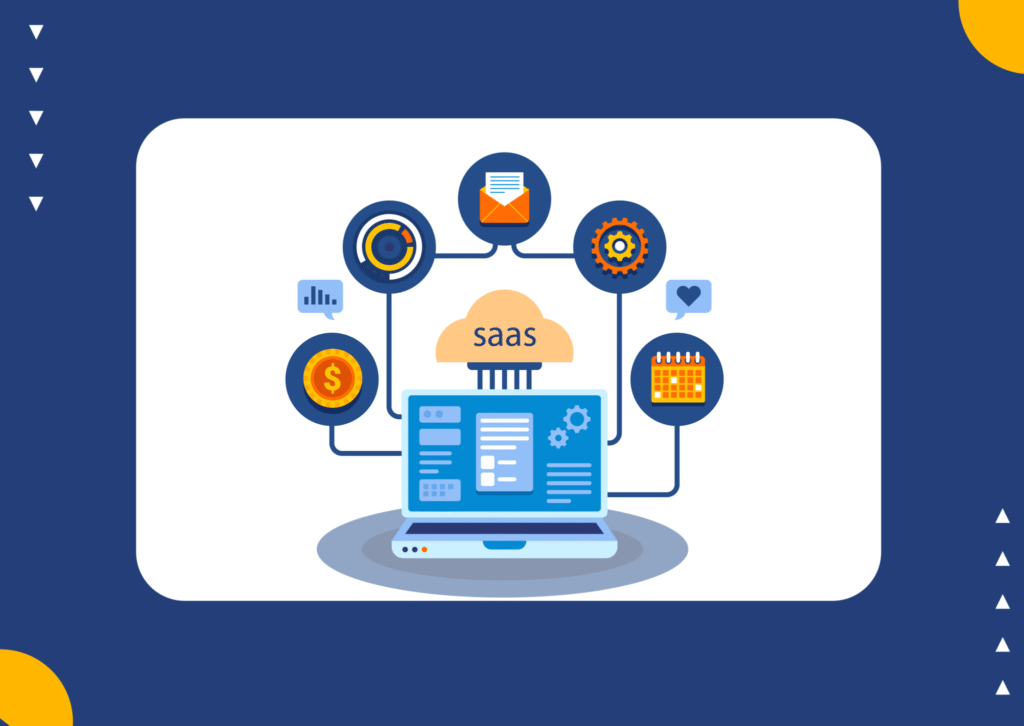The SaaS market has exploded over the past decade, with startups and enterprises alike depending on software solutions to solve everything from sales automation to team collaboration.
But there’s a silent disruption brewing—one that’s making developers slightly nervous and founders increasingly excited: the rise of no-code and low-code platforms.
The question isn’t whether this trend will affect the SaaS industry—it already is. The real question is: Is the SaaS market ready for this level of disruption in how SaaS products are built, launched, and scaled?
Let’s break down what’s happening, what it means, and where we’re headed.
What Are No-Code and Low-Code Platforms?
- No-code platforms allow users to build software visually—using drag-and-drop interfaces—without writing any code.
- Low-code platforms offer similar tools but also allow some degree of coding for customization and complexity.
These tools drastically reduce the technical barrier to building apps, automating workflows, and launching MVPs. Products like Webflow, Bubble, Airtable, Zapier, Glide, and Outsystems are already empowering non-engineers to create what once required a dev team.
How No-Code Is Disrupting Traditional SaaS Models
1. Faster Prototyping and Product Launches
Founders are using no-code to validate ideas and build MVPs in weeks—not months.
This shifts power from developers to product thinkers and marketers, accelerating not just product development but the entire go-to-market strategy.
Example: A solo founder uses Bubble to build and launch a CRM MVP in 14 days, collects feedback, and pivots—without hiring a dev team.
2. Rise of “Micro SaaS”
Individuals or small teams can now build niche, profitable SaaS tools with zero funding and minimal resources.
The result? More competition for traditional SaaS players.
3. Custom Internal Tools Without Developers
Startups and enterprises are building internal tools, dashboards, and automations using platforms like Retool and Glide—bypassing the product roadmap bottleneck and even enabling funnel automation without heavy developer involvement.
Why the SaaS Market Is Ripe for Disruption
✅ Saturation in Generic SaaS Categories
Most broad categories—CRM, project management, help desk—are flooded. But businesses still have unique workflows that mainstream SaaS doesn’t fully address. No-code fills that gap with custom solutions built in-house or by micro-entrepreneurs.
✅ Democratization of Software Creation
The ability to build apps is no longer limited to developers. Designers, marketers, operations teams—even virtual assistants—can build real products.
That expands the creator economy within SaaS.
✅ Efficiency + Cost Pressure
As SaaS subscription fatigue grows, more companies are looking for cheaper, flexible solutions. No-code often costs less and evolves faster—especially for internal tooling and temporary use cases.
What Happens to Traditional SaaS Companies?
They won’t vanish—but they will have to adapt.
Here’s how:
- Integrate no-code elements: Offering visual builders, automation logic, and self-service setup tools to stay competitive.
- Productize APIs: Many no-code users rely on back-end SaaS APIs (e.g., Stripe, Twilio). SaaS products that are “no-code compatible” will have a leg up.
- Niche down or go enterprise: Competing with agile, no-code-powered tools will force traditional SaaS companies to either hyper-specialize or target big-budget clients with complex needs.
Is the Market Really Ready?
In short: yes—but unevenly.
- Startups and solopreneurs are already embracing no-code tools to ship faster.
- Mid-sized companies are testing no-code for internal needs and MVPs.
- Enterprises are cautious—but starting to adopt low-code platforms to reduce developer backlog and modernize legacy systems.
What’s still catching up?
- Security and governance concerns
- Scalability of no-code apps
- Developer acceptance and cultural fit
But the trajectory is clear. As platforms mature and infrastructure improves, no-code will become a core layer of the SaaS ecosystem—not a threat to it.


